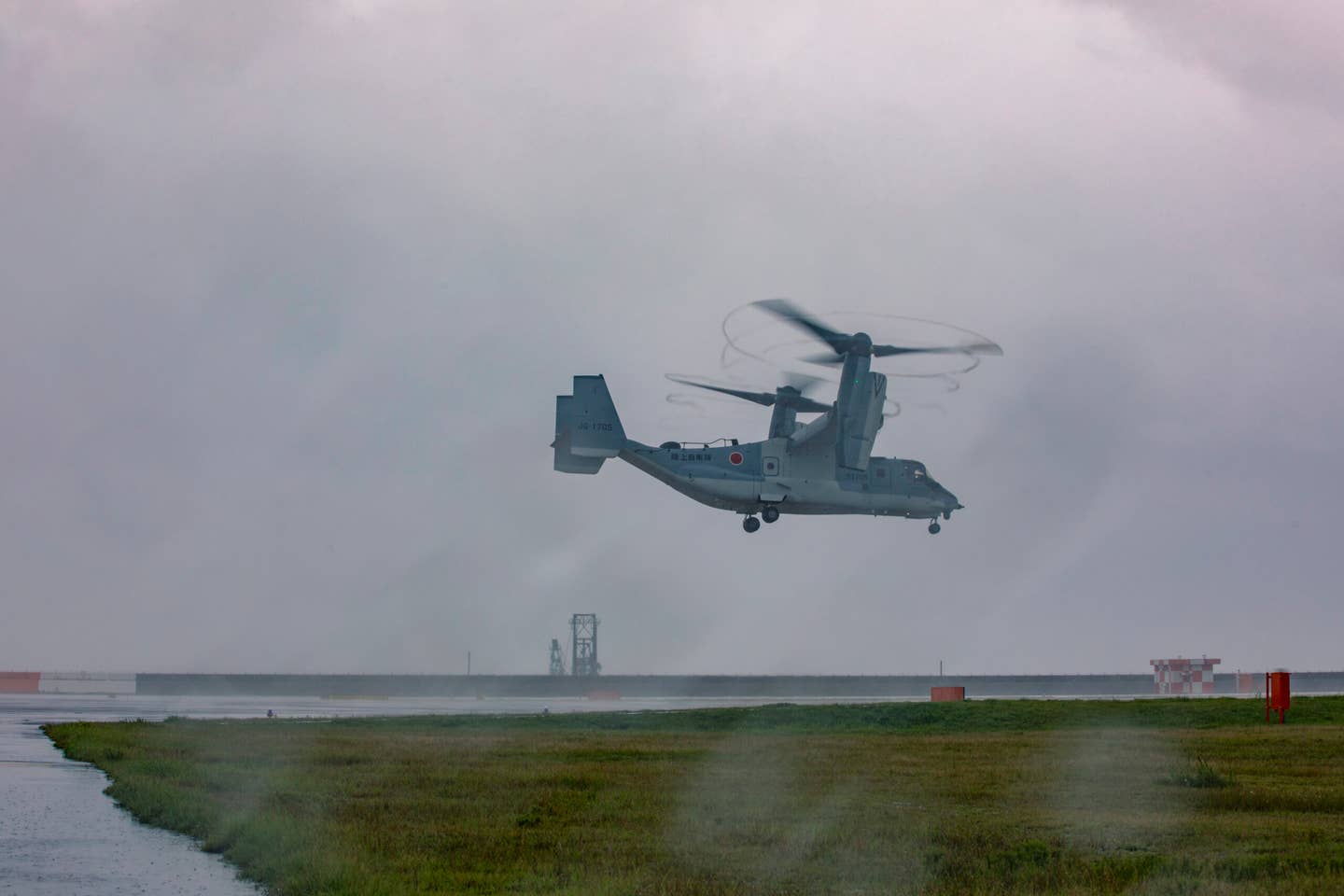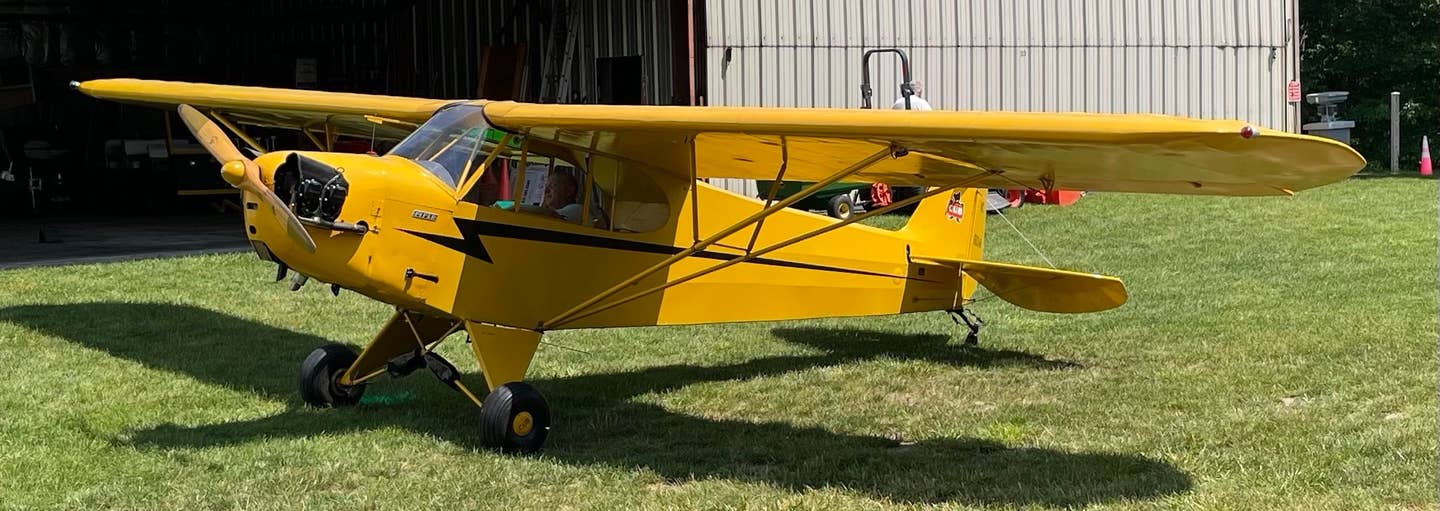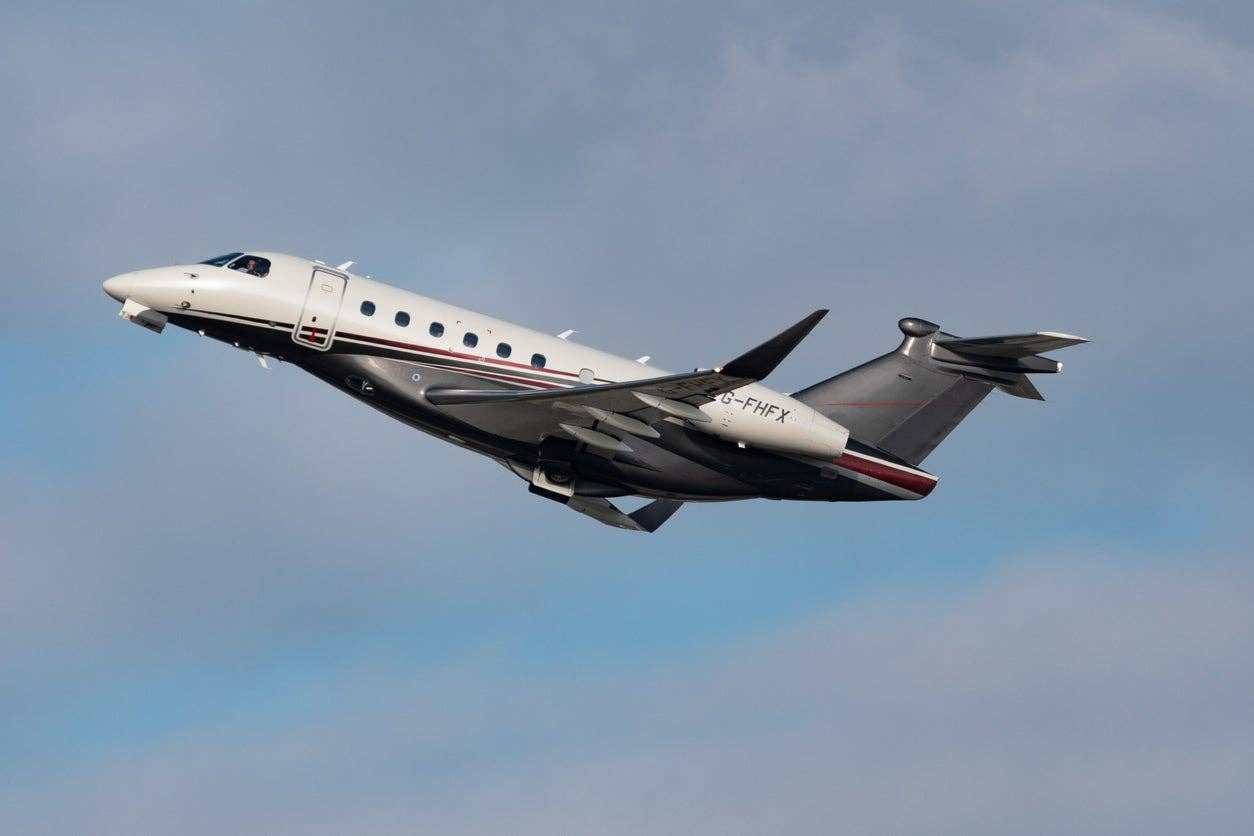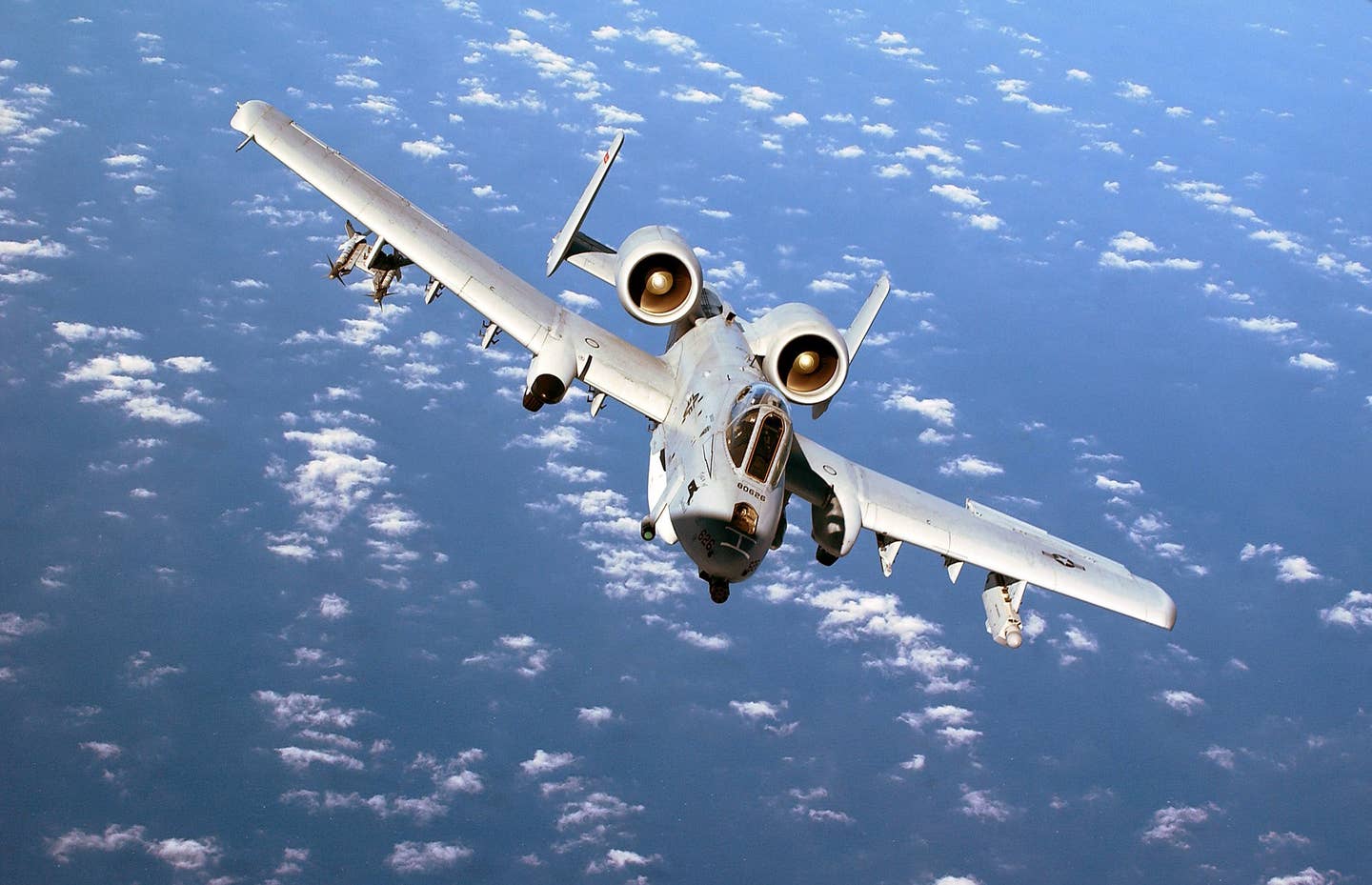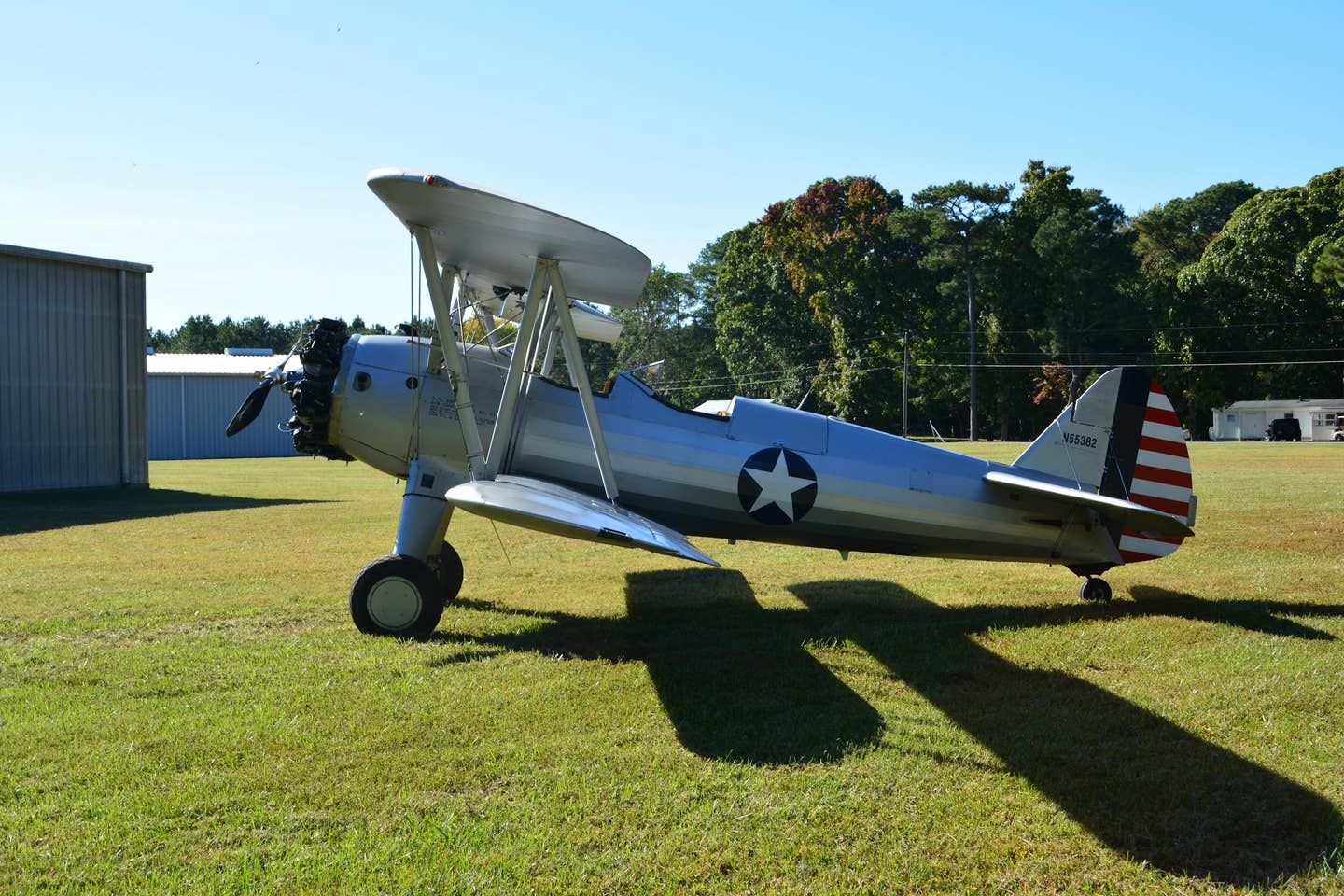
Robinson R66 Robinson
At a press conference at this year's Helicopter Association International (HAI) Convention in Houston, Robinson Helicopter CEO Frank Robinson gave a progress report on the company's eagerly awaited R66 turbine helicopter, and the news is good. The program is on track for certification — in fact, there's a chance it will be approved by the time this story goes to press.
The R66, you might remember, is a single-turbine-engine-powered five-seat helicopter that, while not an offshoot of the company's immensely popular R44 four-seat piston single, is at least very reminiscent of it. The R66 is powered by the newly developed Rolls-Royce RR300, which puts out 270 hp for takeoff and 225 continuously up into the teens. In addition to its quiet turbine whine, the powerplant is very light, just 176 pounds. With that kind of power and light weight, the R66 could do things the R44 never could, including hover in and out of ground effect at very great heights, conservatively as high as 10,000 feet, though Frank Robinson hints that the actual figure is greater than that. It also has room for five — or for more gadgets for law enforcement and electronic news-gathering missions - and it has a sizable baggage compartment too, something Frank Robinson takes some pride in.
At Houston, Robinson seemed relieved that certification was near and commented on how much more involved the process had become since the R44 went through FAA approval a decade ago. Robinson said that workers are already setting up the factory so that production can begin "just as soon as we have the FAA TC completed." He said that, with the ongoing 130,000-square-foot expansion, the current Torrance, California, location would be easily large enough for full production of the R66, in addition to the R44 and R22 lines.
The announced pricing of the R66 surprised many in the industry, who expected it to be higher. Last year Robinson said that the R66 would be priced somewhere between the roughly $500,000 price of the R44 Raven II and the approximate $1 million price tag of a competitor's turbine-single helicopter. Many took that to mean it would be just less than a million dollars. As it turned out, Robinson says he meant that the price of the R66 would be about halfway between those two figures. Indeed, at a standard price of $770,000, the R66 is just about halfway between those price points. The figure is, Robinson added, "as low as we could possibly go … with no guarantees it will stay there," he added with a smile.
At the press conference I sat next to Kurt Robinson, Robinson vice president of product support. Kurt told me he'd flown out to Houston in the R66 from the company's Southern California home, and he was impressed by the new helicopter's speed. "It's a true 120-knot helicopter," he told me. He also lauded it for its ability to fly well at the higher altitudes of the Desert Southwest that you need to traverse when making the trip to Texas.
Frank Robinson said that the range of the R66, at around 350 nm, is about the same as that of the R44 Raven II, though Robinson was clearly impressed by how quickly the fuel flows in a turbine compared with in the Lycoming piston engines he's built his business around for almost 40 years. "It lends credibility to our claims that the R44 has the lowest seat-mile cost of any helicopter. Still," he conceded, the R44 "doesn't burn jet-A."
Frank Robinson expressed satisfaction with the R66's flying manners, recounting that he'd recently flown the prototype around the Palos Verdes peninsula, near Robinson's factory, and said that he "couldn't find anything [he] was unhappy or dissatisfied with," and this is from a man who doesn't seem shy about sharing such things. "It's a little smoother," he said, "a little quieter, and a little, not a lot, faster than the R44."
Robinson gave a few other updates. Job one after certification, he said, will be finishing work on the air-conditioning system, which is a much-ordered option for the R66.
Work is progressing nicely too, he said, on a pop-out float option and on an electronic news-gathering version of the helicopter, about which he was enthusiastic. Work on a stability augmentation system, on the other hand, is progressing cautiously. Robinson pointed out his concerns about such systems, since the system "has to be done right and has to be 100 percent reliable." He continued: "I really like the idea of the pilot flying with his eyes outside the cockpit. At some point, [SAS] will become possible, but I can't tell you exactly when."
He also said he understood customers' concerns that the 2,000-hour TBO on the Rolls engine is short by turbine standards, but he said that the interval was the decision of the engine maker and not his. So while he hoped the TBO would increase over time, he couldn't make that promise. He did express hope that the life limits of certain R66 components would increase as fleet hours accrued.
Robinson also announced that the skins on the blades would be aluminum, a change of course for the company, and that the R44 would eventually return to the aluminum blade skins as well at some point. Robinson said he felt confident that the different-metal corrosion that is a risk with aluminum skins can be overcome and expressed some certainty that the advantages of aluminum skins far outweigh the disadvantages.
When asked whether the company would offer training in the R66 for pilots of R44s transitioning to the new helicopter, Robinson quipped that the training would be "maybe a 20-minute course." He then went on to explain that, beyond the start sequence, which is different, the operation of the two helicopters and their flying manners are very similar. Finally, he admitted that, of course, the company would offer training in the new helicopter. He added that insurance would be more expensive for the R66 than for the R44, but only because the helicopter costs more and can carry one more passenger.
Once certified, Robinson said, the R66 will start rolling off the factory floor at the rate of around two per week. He was unsure of just how many the company would build in the first year. "The orders," he said, "are coming in pretty fast."

Sign-up for newsletters & special offers!
Get the latest FLYING stories & special offers delivered directly to your inbox

